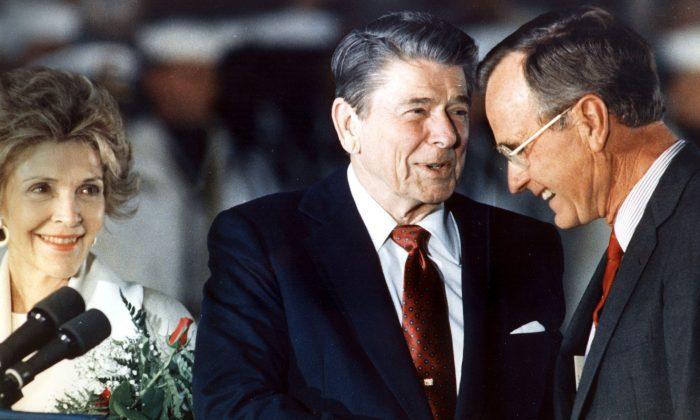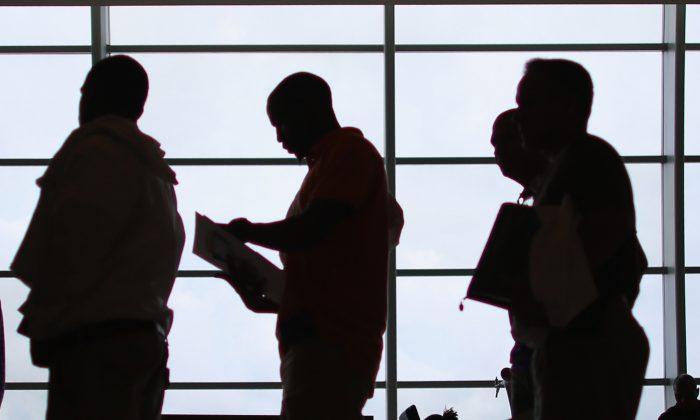The Federal Reserve economic policy committee meets this week to consider whether to open the door to raising interest rates in June. While falling unemployment favors that move, inflation remains well below the Fed target of 2 percent.
More importantly, other factors could persuade policymakers to remain a bit more patient on interest rate policy than many on Wall Street or Main Street expect.
Here are four issues to consider:
1. Growth Is Not All That Robust
After a cold and sluggish winter, many forecasters see growth rising in the spring and summer. Wells Fargo, for example, forecasts second- and third-quarter GDP to advance at about a 3.0 percent pace but that is hardly reason to celebrate.
Throughout the five-year recovery, growth has accelerated briefly only to fall back on a slower path. Average growth has been only 2.3 percent, whereas former President Reagan’s recovery, coming after a deep recession with unemployment similar in magnitude to that of the financial crisis, accomplished 4.7 percent average growth.
2. Unemployment Remains a Problem
The headline unemployment rate, which focuses only on adults in jobs or actively seeking employment, is 5.5 percent but the labor market still has a lot of slack.
Record numbers of adults between the ages of 25 and 54—generally beyond college age and too young to retire—are sitting on the sidelines. If the same percentage of adults were looking for work today as when President Obama took office, unemployment would be 9.7 percent.
Many college graduates who entered the labor force in the years after the financial crisis are underemployed—working as coffeehouse baristas and in similar positions that do not require the special skills higher education imparts. With stronger growth, they could move on to professional careers and open up opportunities for workers with less education.
3. Inflation Is Likely to Remain Subdued
Much has been made of how falling oil prices contribute to low inflation, but the dominant pressure on prices here and abroad is too much supply and not enough demand.
During the last year, U.S. productivity has not advanced, and outside of manufacturing, has actually fallen. Given that advances in computer technology, software, and other innovations increase potential productivity each year, this shows that a lot of restaurants, dry cleaners, and even colleges and universities could easily accommodate more customers without raising prices. With more traffic, they would be able to spread overhead and employee costs over a wider base, lowering unit costs and increasing profit margins without charging more.
4. Easy Money Policies in Europe and Asia
Growth in the eurozone will likely be in the range of 1 to 1.5 percent and too meager to significantly improve conditions in its troubled Mediterranean economies. Growth remains sluggish in Japan, and expansion is slowing in China, which faces economic reform challenges. Consequently, the European Central Bank and monetary authorities in Japan and China are printing a lot of money.
That drives up the value of the dollar against the euro, yen, and yuan, curtails U.S. exports, and boosts imports. The U.S. trade deficit on non-oil goods and services will continue to rise, which hurts employment in manufacturing and construction.
Simply, it’s tough for the Fed to raise rates too much, if at all, when the other major central banks are going in the opposite direction and the dollar remains strong.
When the Fed policy committee meets again this June, it will likely see a U.S. economy performing decently against the backdrop of sluggish growth abroad, continuing labor market slack, and low inflation. Pressure will remain strong to simply punt a decision on raising rates to later this summer or fall.
Peter Morici, professor at the Robert H. Smith School of Business at the University of Maryland, is a recognized expert on economic policy and international economics. Previously he served as director of the Office of Economics at the U.S. International Trade Commission. Follow @pmorici1





Friends Read Free